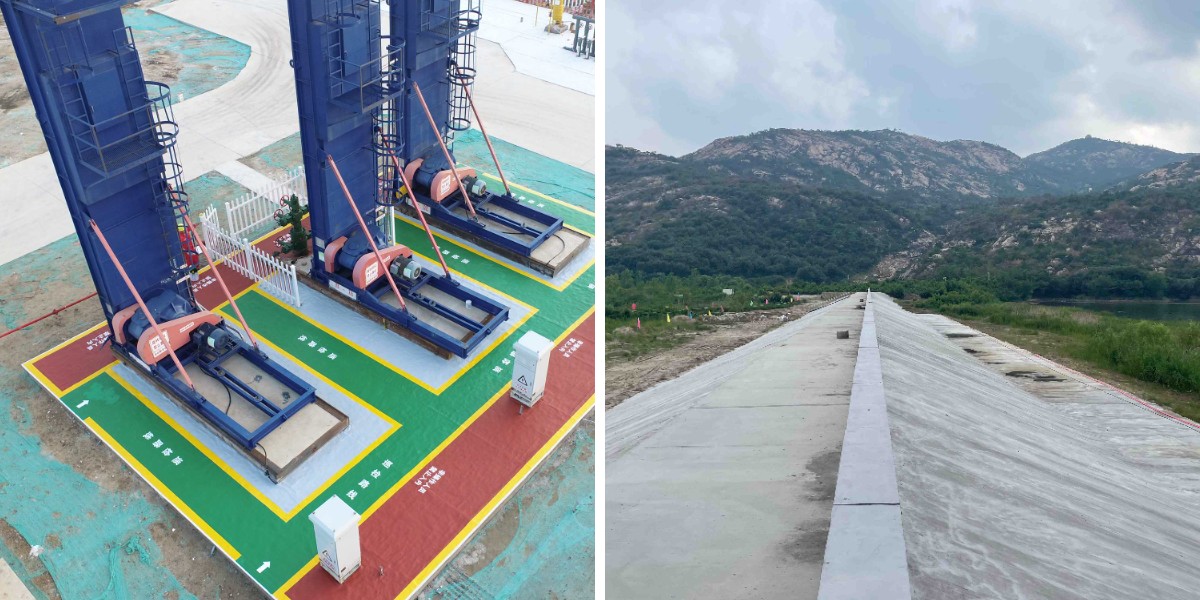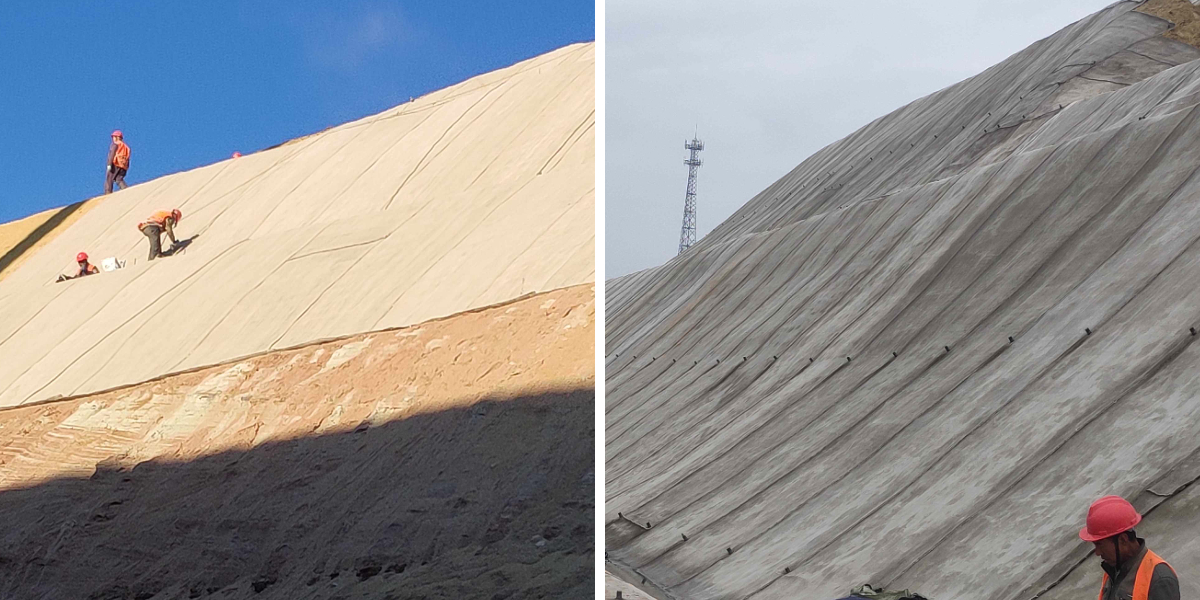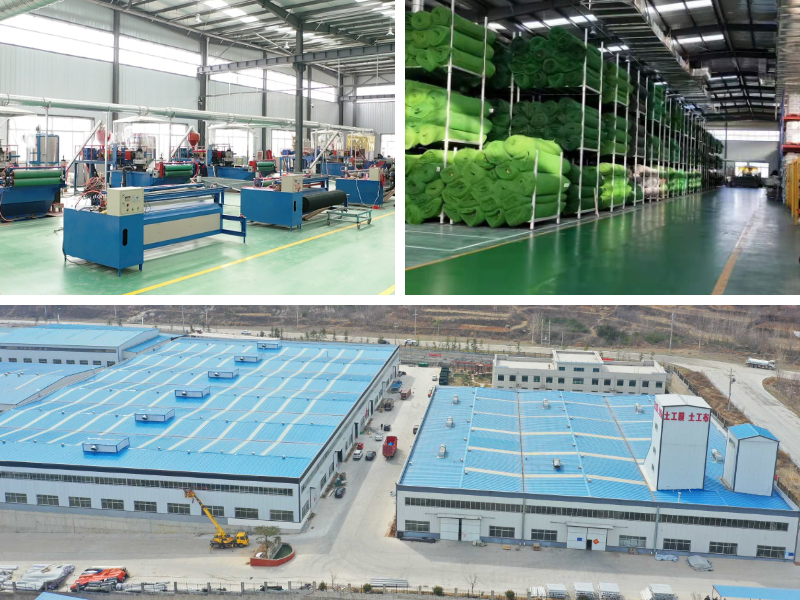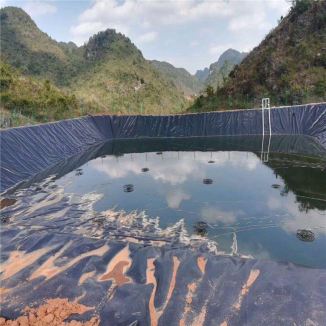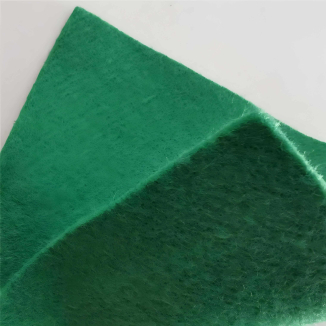Common Mistakes to Avoid When Using Cement Blankets
Cement blankets, moreover recognized as concrete fabric or cement curing blankets, are revolutionary elements redesigning constructing and erosion control projects. Their capability to therapy concrete hastily even as offering sturdiness and environmental benefits makes them indispensable. However, fallacious use can lead to wasted resources, structural failures, or environmental harm. This data highlights quintessential blunders to hold away from when the use of cement curing blankets, emphasizing first-rate practices for Eco-Friendly Concrete Canvas applications.
1. Misunderstanding the Purpose of Cement Blankets
Mistake: Treating cement blankets as day-to-day tarps or transient covers.
Cement blankets are engineered to remedy concrete effectually with the useful resource of conserving moisture and regulating temperature. Unlike popular covers, they mix with the concrete mix to velocity up hydration, making certain uniform strength. Misusing them as makeshift shelters or ignoring their function in curing can stop end result in:
Incomplete hydration, foremost to susceptible or brittle concrete.
Surface cracking due to uneven moisture distribution.
Project delays from redesign or repairs.
Solution: Always pick out out cement blankets designed for your project’s needs. For erosion control, Eco-Friendly Concrete Canvas affords biodegradable choices that restrict environmental impact. For structural curing, prioritize elements with UV resistance and moisture retention properties.
2. Improper Installation Techniques
Mistake: Failing to tightly closed edges or overlapping sections incorrectly.
Concrete fabric have to be hooked up tightly to give up air gaps, which disrupt moisture retention and temperature control. Common mistakes include:
Loose edges, allowing wind or water infiltration.
Insufficient overlap, developing susceptible elements in curing.
Ignoring substrate preparation, such as uneven flooring or debris.
Best Practices:
Secure edges with stakes, sandbags, or adhesive strips designed for cement blankets.
Overlap sections with the aid of ability of at least 6 inches, sealing gaps with tape or adhesive.
Prepare the substrate through way of inserting off particles and leveling surfaces to make sure even contact.
For vertical applications, use concrete material with bolstered fibers to cease sagging. Always have a look at producer pointers for nervousness and anchoring.
3. Neglecting Environmental Factors
Mistake: Assuming cement blankets work identically in all climates.
Temperature, humidity, and daytime have an impact on curing time and fabric performance. For example:
Cold climate slows hydration, requiring longer insurance plan or heated blankets.
High humidity may additionally additionally entice more moisture, most important to ground scaling.
Direct daytime can overheat the concrete, inflicting thermal cracking.
Eco-Friendly Concrete Canvas mitigates some environmental risks by means of the usage of the utilization of biodegradable fibers and non-toxic binders. However, even eco-friendly options require climate-specific adjustments:
In heat climates, use reflective cement blankets to reduce heat absorption.
In moist regions, choose out water resistant variations to prevent washout.
4. Overlooking Curing Time Requirements
Mistake: Removing cement blankets too early or leaving them on indefinitely.
Curing time depends upon on concrete mix, ambient conditions, and mission specifications. Premature removal risks:
Reduced compressive strength, compromising structural integrity.
Dusting or cracking from speedy drying.
Conversely, leaving blankets on too prolonged may:
Trap moisture, weakening the flooring layer.
Delay subsequent improvement phases, developing labor costs.
Solution: Use a moisture meter or rebound hammer to take a seem to be at concrete readiness. Most duties require cement curing blankets for 3–7 days, on the other hand verify with engineering necessities like ASTM C31. For Eco-Friendly Concrete Canvas, seek advice from producer guidelines, as biodegradable materials might also moreover have shorter curing windows.
5. Using Incompatible Concrete Mixes
Mistake: Pairing cement blankets with high-slump or fast-setting mixes besides adjustments.
Concrete cloth relies upon on managed hydration to bond with the mix. Incompatible mixes can cause:
Bleeding or segregation, the location water separates from cement particles.
Reduced adhesion, foremost to delamination of the blanket.
Best Practices:
Opt for low-slump mixes (3–5 inches) to restriction bleeding.
Avoid accelerators barring attempting out confirms compatibility with cement blankets.
For Eco-Friendly Concrete Canvas, use plant-based or recycled aggregates to align with sustainability goals.
6. Failing to Inspect and Maintain Blankets
Mistake: Ignoring tears, punctures, or UV degradation.
Damaged cement blankets cannot adjust moisture or temperature effectively. Common oversight areas include:
Edge fraying from abrasion at some stage in installation.
Punctures from sharp particles or foot traffic.
UV damage inflicting fibers to weaken over time.
Maintenance Tips:
Inspect blankets previously than and after each and every use.
Patch minor tears with manufacturer-approved adhesives.
Store unused blankets in a cool, dry place away from sunlight.
For Eco-Friendly Concrete Canvas, take a seem to be at for biodegradation indicators like discoloration or brittleness, which signal replacement needs.
7. Ignoring Safety Protocols
Mistake: Skipping PPE or dealing with blankets improperly.
Cement blankets include alkaline components that irritate pores and pores and skin and eyes. Safety lapses can lead to:
Chemical burns from moist concrete.
Respiratory troubles from inhaling filth in the path of installation.
Slips and falls on uneven or moist surfaces.
Safety Measures:
Wear gloves, goggles, and masks when managing cement blankets.
Use mechanical aids (e.g., lifts) for large-scale installations.
Train crews on emergency strategies for concrete exposure.
8. Choosing Low-Quality or Non-Certified Products
Mistake: Prioritizing rate over quality.
Cheap cement blankets may also moreover lack UV resistance, tensile strength, or moisture control, important to:
Premature failure under stress.
Non-compliance with setting up codes.
Higher long-term fees from replacements or repairs.
Solution: Select merchandise licensed via companies like ASTM or ISO. For Eco-Friendly Concrete Canvas, show up for certifications such as Cradle to Cradle or Forest Stewardship Council (FSC) labels.
9. Disregarding Disposal and Sustainability
Mistake: Treating cement blankets as single-use plastics.
Traditional cement blankets make contributions to landfill waste, alternatively Eco-Friendly Concrete Canvas offers sustainable alternatives. However, even eco-friendly preferences require relevant disposal:
Biodegradable blankets: Compost in industrial facilities or comply with close by guidelines.
Non-biodegradable blankets: Recycle through specialised applications or repurpose as erosion manipulate mats.
Pro Tip: Partner with suppliers supplying take-back purposes to decrease environmental footprint.
10. Failing to Plan for Project-Specific Needs
Mistake: Using a one-size-fits-all approach.
Every mission has unique requirements. For example:
Slope stabilization needs flexible, UV-resistant concrete cloth.
Emergency repairs demand lightweight, all at once deploying blankets.
Art installations can additionally require colored or textured cement blankets.
Solution: Conduct a internet web page contrast to become aware of environmental, structural, and aesthetic needs. Collaborate with engineers to customize solutions, such as combining Eco-Friendly Concrete Canvas with native plantings for inexperienced infrastructure projects.
Conclusion: Leveraging Cement Blankets Effectively
By fending off these everyday mistakes, you can maximize the blessings of cement blankets, concrete cloth, and cement curing blankets. Whether prioritizing speed, sustainability, or cost-efficiency, appropriate installation, maintenance, and product willpower are key. For eco-conscious projects, Eco-Friendly Concrete Canvas provides a durable, decreased affect reply that aligns with world sustainability trends.
Final Tip: Partner with dependable suppliers imparting technical guide and training. This ensures your team stays up to date on fantastic practices, reducing risks and bettering mission outcomes.
Contact Us
Company Name: Shandong Chuangwei New Materials Co., LTD
Contact Person :Jaden Sylvan
Contact Number :+86 19305485668
WhatsApp:+86 19305485668
Enterprise Email: cggeosynthetics@gmail.com
Enterprise Address: Entrepreneurship Park, Dayue District, Tai 'an City,
Shandong Province



